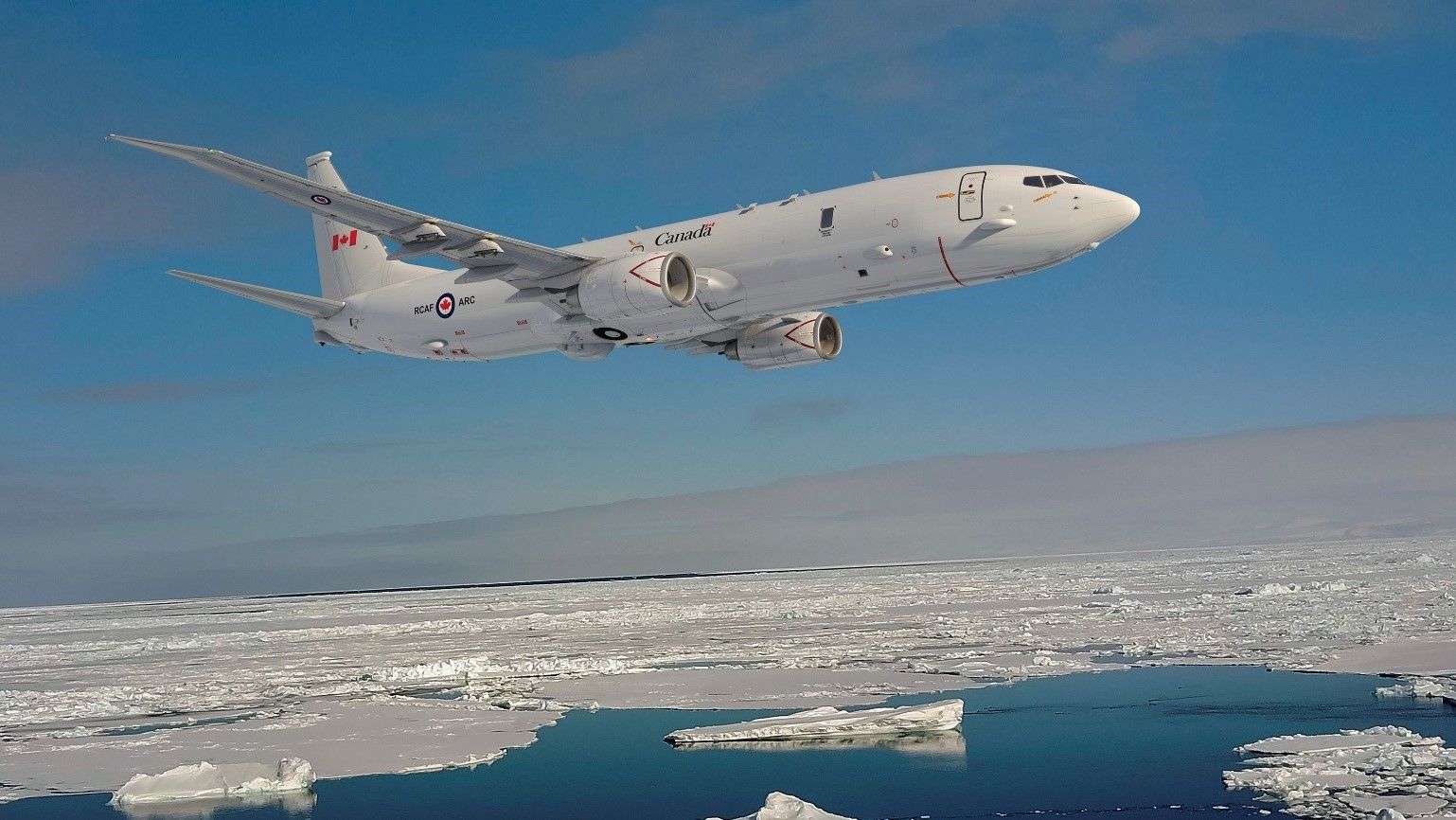Get Ya Wig Split
SENIOR MEMBER

- Joined
- Feb 22, 2017
- Messages
- 2,585
- Reaction score
- -2
- Country
- Location
Canada Considering P-8A Purchase from Boeing

Canadian Defence Minister Anita Anand recently traveled to the U.S. to meet with Boeing officials to discuss military programs, and reports suggest topics included the potential sale of 14 P-8A maritime patrol aircraft valued at around CAD9 billion ($6.6 billion). A report from the Ottawa Citizen indicated Anand is pushing for the P-8A deal.
Canada released a Request for Information a year ago for a new Canadian Multi-Mission Aircraft (CMMA) to replace the existing fleet of 14 CP-140 Aurora maritime patrol aircraft. The RFI says project definition will begin in 2025 and implementation will commence in 2029. Initial Operational Capability is slated for 2034, with Full Operational Capability anticipated in 2040. Boeing issued a statement then saying it was offering its P-8A Poseidon for the program. The P-8A is in service with the U.S. Navy and with the armed services of the United Kingdom, Australia, New Zealand, India, Norway, South Korea, and Germany.
Rumors had been stirring for several months that Canada was contemplating a sole-source P-8A acquisition to replace the CP-140s. Officials from Canadian aircraft firm Bombardier have urged the government to hold a competition to replace the Aurora fleet. Bombardier has said its Global 6500 series business jet would be a good fit for the CMMA program, and the company’s president said a Canadian-built option should be in the running to replace the CP-140.
This isn’t the first time Canada has thought about buying P-8As from Boeing. At one point, Ottawa had hoped to begin replacing the CP-140 fleet as early as 2016. At the time, Royal Canadian Air Force officials were clamoring for a fleet of new P-8As, but there simply wasn’t enough funding available for new aircraft. The Department of National Defence ultimately delayed the CP-140 replacement effort and launched a series of upgrades to keep the CP-140s flying into the 2030s.
In 2018, Canada also joined the Maritime Multi-Mission Aircraft (M3A) forum, a NATO effort aimed at sharing resources and knowledge for the development of a new maritime patrol aircraft. However, this move did not commit Canada to a procurement program.
Ottawa very recently had a spat with Boeing after the company claimed the Canadian government was subsidizing Bombardier’s CSeries commercial aircraft. At the time, Canada amended a solicitation for a new fighter jet, for which Boeing was offering its Super Hornet, to penalize any bidder that would harm the country’s economic interests. The amendment was a direct shot at Boeing. Anand’s meeting with Boeing officials suggests both parties may be ready to amend the relationship.
Selecting a new aircraft will require Ottawa to weigh the benefits of the increased capabilities it wants against the cost of a larger platform. The acquisition of new F-35s should be wrapping up by the time procurement of a new maritime patrol aircraft begins, possibly freeing up some funding, but Canada will only be in the early stage of buying costly new frigates. Ottawa has also said it plans to increase defense spending in the wake of Russia’s invasion of Ukraine, but the government hasn’t outlined where most of that money will go.

Canada Considering P-8A Purchase from Boeing
Canadian Defence Minister Anita Anand recently traveled to the U.S. to meet with Boeing officials to discuss military programs, and reports suggest topics included the potential sale of 14 P-8A mar…
 dsm.forecastinternational.com
dsm.forecastinternational.com




